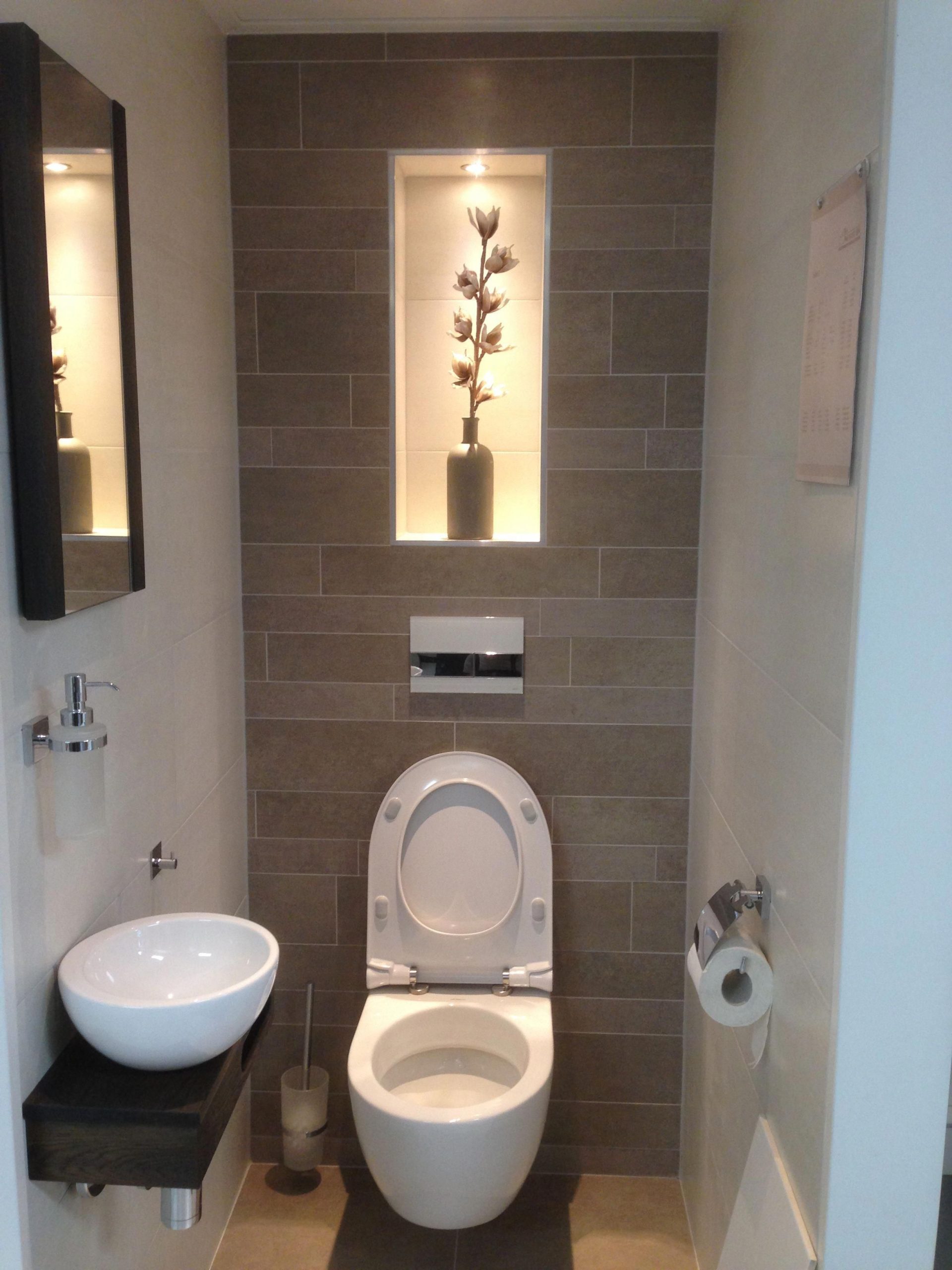Cramped bathrooms can be a pain, but renovating for more space isn’t always feasible. If you’re looking to maximize your small bathroom’s potential, a space-saving toilet might be the answer. This guide covers everything from compact designs to efficient features, helping you create a bathroom that’s both functional and fabulous.
Making the Most of Your Bathroom Space with a Small WC Toilet
Let’s face it, not all bathrooms are spacious. However, that doesn’t mean you can’t have a comfortable and stylish loo. If you’re dealing with limited square footage, a small WC toilet could be your solution. These fixtures are designed to fit into compact spaces without sacrificing function or style.
What Exactly is a Small WC Toilet?
As the name suggests, these toilets have a smaller footprint than standard commodes. They’re especially practical for powder rooms, guest bathrooms, or any area where space is limited.
Navigating the World of Small WC Toilets
Choosing a toilet might seem simple, but when space is tight, each detail matters. Here’s what to consider:
1. One-Piece Wonder or a Two-Piece Tango?
-
One-Piece Toilets: These offer a sleek, seamless look and are easier to clean. However, they are often pricier than two-piece options.
-
Two-Piece Toilets: The classic choice, these toilets tend to be more budget-friendly and easier to install. The downside? The crevice between the tank and bowl can attract dust and grime.
2. Round vs. Elongated Bowls: Comfort vs. Space
-
Round Bowls: The ultimate space-saver, round bowls minimize front-to-back space.
-
Elongated Bowls: While they require a slightly larger footprint, elongated bowls offer more comfort, especially for taller individuals.
3. Flushing Technology: Power and Efficiency
-
Gravity-Fed: The traditional method, utilizing the weight of water for flushing power. While generally dependable, they may not handle large flushes as effectively.
-
Pressure-Assisted: Ideal for those wanting a powerful flush, pressure-assisted toilets use compressed air for an extra boost (expect a louder flush).
-
Dual-Flush: The champions of water conservation, dual-flush toilets offer a partial flush for liquid waste and a full flush for solid waste.
4. Rough-in Size: Measuring is Crucial
Before falling for a specific design, measure the “rough-in” – the distance from the bathroom wall to the center of the drainpipe. Common sizes are 10″ and 12″, and choosing the correct rough-in is crucial for proper installation.
Finding Your Perfect Match
You’re armed with the basics, now let’s find the perfect small WC toilet for your needs and style:
-
Space: Measure the available space diligently, considering door swing, clearances around the toilet, and nearby fixtures.
-
Flushing Prowess: Nobody wants a weak flush! Consider a toilet’s GPF (gallons per flush) rating. Higher GPF typically means a more powerful flush, but if water conservation is a priority, opt for a lower GPF model.
-
Style: Small WC toilets come in various styles, from sleek and modern to classic and timeless. Choose one that complements your bathroom’s overall aesthetic.
-
Budget: Prices vary depending on features and brand. Setting a budget beforehand can help narrow down your options.
Popular Small WC Toilet Brands and Models
Here are a few brands known for their quality and space-saving designs:
-
American Standard Cadet 3: This one-piece model features a round bowl, a sleek design, and an efficient 10″ rough-in.
-
KOHLER K-3999-0: A classic two-piece toilet, the KOHLER K-3999-0 offers a comfortable elongated bowl and a standard 12″ rough-in.
-
TOTO Neorest AH: This high-end option boasts a one-piece design, elongated bowl, 10″ rough-in, and a water-saving dual-flush system.
-
Gerber Viper: Known for its powerful pressure-assisted flush, the Gerber Viper is a two-piece toilet with a round bowl and a 12″ rough-in.
Important Extras to Consider
-
Accessibility: If you require an ADA-compliant toilet, look for models designed to accommodate individuals with disabilities.
-
Water Conservation: Look for WaterSense-labeled toilets that meet EPA criteria for water efficiency.
-
Installation: While some may choose to install their toilet themselves, it can be complex. If in doubt, hire a professional plumber to ensure a leak-free installation.
-
Maintenance: Regular cleaning is essential. Don’t neglect minor repairs to avoid bigger problems down the line.
Final Thoughts
Choosing the right small WC toilet can transform a compact bathroom. By considering your needs, measuring carefully, and exploring the available options, you can have a bathroom that’s both stylish and functional. Now go forth and conquer that bathroom remodel!
What is the Smallest Size for a Toilet Closet?
So, we’ve covered making the most of a small bathroom but how much space do you need for a toilet closet that doesn’t feel like a sardine can?
Building codes, such as the International Residential Code (IRC), set minimum standards for safety and livability. They suggest the smallest toilet room size is 30 inches wide and 60 inches long. While turning around in this space is possible, it’s unlikely to be comfortable.
Honestly, even a bit of extra space makes a world of difference. Most people find that increasing the width to at least 36 inches provides some much-needed breathing room – about 18 inches on each side of the toilet.
Remember, the toilet itself takes up space. Standard toilets are typically around 27 to 30 inches long. Elongated toilets, while offering more comfort, are about 31 to 32 inches long and require a larger closet.
Don’t forget about other factors: an inward-swinging door maximizes usable space. If you have tall family members, additional clearance might be necessary. And for those considering accessibility, specific ADA guidelines require larger dimensions.
If you’re considering adding a small washroom sink or small bathroom vanity ideas within the toilet closet, you’ll need even more space. It’s about finding a balance between maximizing space and creating a comfortable, functional room.
What is the Size of a WC Toilet?
Planning a bathroom makeover often involves dreaming about a sleek new toilet, especially in a smaller space. However, before getting caught up in design, it’s important to consider the practical aspect of size.
Standard vs. Compact: Sizing Up Your Options
There are two main types of toilets: standard and compact.
Standard WC toilets are the classic option, offering ample personal space. Here’s a general idea of their dimensions:
| Dimension | Range (inches) |
|---|---|
| Depth | 27 – 30 |
| Width | 20 |
| Height | 27- 32 |
Compact WC toilets are ideal if your bathroom is on the smaller side. These space-saving options typically shave off a few inches in depth and width without sacrificing much height.
| Dimension | Range (inches) |
|---|---|
| Depth | 24 – 28 (starting at 25) |
| Width | Minimum 13 (slimmer than standard) |
| Height | Starting from 28 (often similar to standard) |
Making the Right Choice for Your Bathroom Oasis
Consider your needs and the bathroom layout. Do you need more legroom, or are you constantly squeezing past the sink?
- Standard toilets: Ideal for spacious comfort, especially in bathrooms used by multiple people.
- Compact toilets: The heroes of smaller bathrooms, powder rooms, and tight spaces.
The perfect toilet size harmonizes with your bathroom’s layout and your personal needs. Don’t hesitate to measure carefully and explore all your options.
What is the Smallest Toilet Room You Can Have?
Trying to figure out the smallest space you can fit a toilet into? Building codes exist for a reason, and you don’t want a bathroom that feels like a shoebox! While we’ve covered the basics, let’s look at making a small toilet room functional.
The International Residential Code (IRC) – the bathroom rule-makers – state that the minimum size you can get away with is 30 inches wide by 60 inches long. That’s tight! It might work as a last resort, but it’s going to feel cramped for most people.
Expert Advice
Aim for at least three feet wide if possible. Trust me, your elbows will thank you.
When considering the size of your toilet room, keep the following in mind:
- User Height: A tall person may feel claustrophobic in a tiny room.
- Door Swing: The door needs enough clearance to open without hitting anything.
- Additional Features: Factor in space for a sink, storage, or other desired additions.
Speaking of Toilets…
A compact toilet might be the perfect solution for your smaller bathroom! Compact toilets come in various sizes, but are generally around 24-28 inches deep, 13-20 inches wide, and a bit taller than average at 28+ inches high. And don’t worry, you’re not sacrificing comfort for size.
Let’s Talk Budget
Smaller spaces usually mean less building material, and therefore, cost savings. However, a tiny bathroom could potentially lower your home’s value in the long run. It’s a balancing act.
Don’t Forget the User Experience!
The goal is to make your bathroom feel like a haven, not a dungeon. No one wants to feel anxious or claustrophobic in their bathroom. Utilize good lighting and mirrors to create the illusion of more space.
Finding the Right Balance
Choosing the right toilet room size requires balancing building codes, comfort, and functionality. By following these guidelines and considering the needs of those using the space, you can create a stylish and practical bathroom—no matter the size.
Key Points: Choosing a Small WC Toilet
- Definition: Small WC toilets are ideal for tight spaces, offering a reduced footprint compared to standard toilets.
- Styles:
- One-piece: Sleek, easy to clean, but pricier.
- Two-piece: Budget-friendly and easier to install, but may have a crevice that collects dirt.
- Bowls:
- Round: The space-saving option.
- Elongated: More comfortable, but slightly larger.
- Flushing Technology:
- Gravity-Fed: Reliable, but may struggle with large flushes.
- Pressure-Assisted: More powerful, but louder flush.
- Dual-Flush: Offers water conservation with separate flushing options.
- Rough-in Size:
- Measures the distance from the wall to the drainpipe (crucial for installation).
- 10″ and 12″ are the most common sizes.
- Considerations for Selection:
- Measure the available space thoroughly.
- Choose a toilet based on desired flushing power and water conservation goals.
- Select a style that matches your bathroom’s aesthetic.
- Set a budget.
- Popular Brands:
- American Standard Cadet 3 (one-piece, round bowl)
- KOHLER K-3999-0 (two-piece, elongated bowl)
- TOTO Neorest AH (high-end, one-piece, elongated bowl, dual-flush)
- Gerber Viper (two-piece, round bowl, pressure-assisted flush)
- Additional Considerations:
- Accessibility (ADA-compliant toilets)
- Water conservation (WaterSense-labeled toilets)
- Installation (consider a professional for complex jobs)
- Regular cleaning and maintenance
- How to Get Rid of Mushrooms in Your Lawn: A Complete Guide - April 24, 2025
- How to Get Rid of Ground Hornets: A Safe and Effective Guide to Eliminating Nests - April 24, 2025
- How to Get Rid of German Roaches Fast: DIY Methods for Quick Control - April 24, 2025










